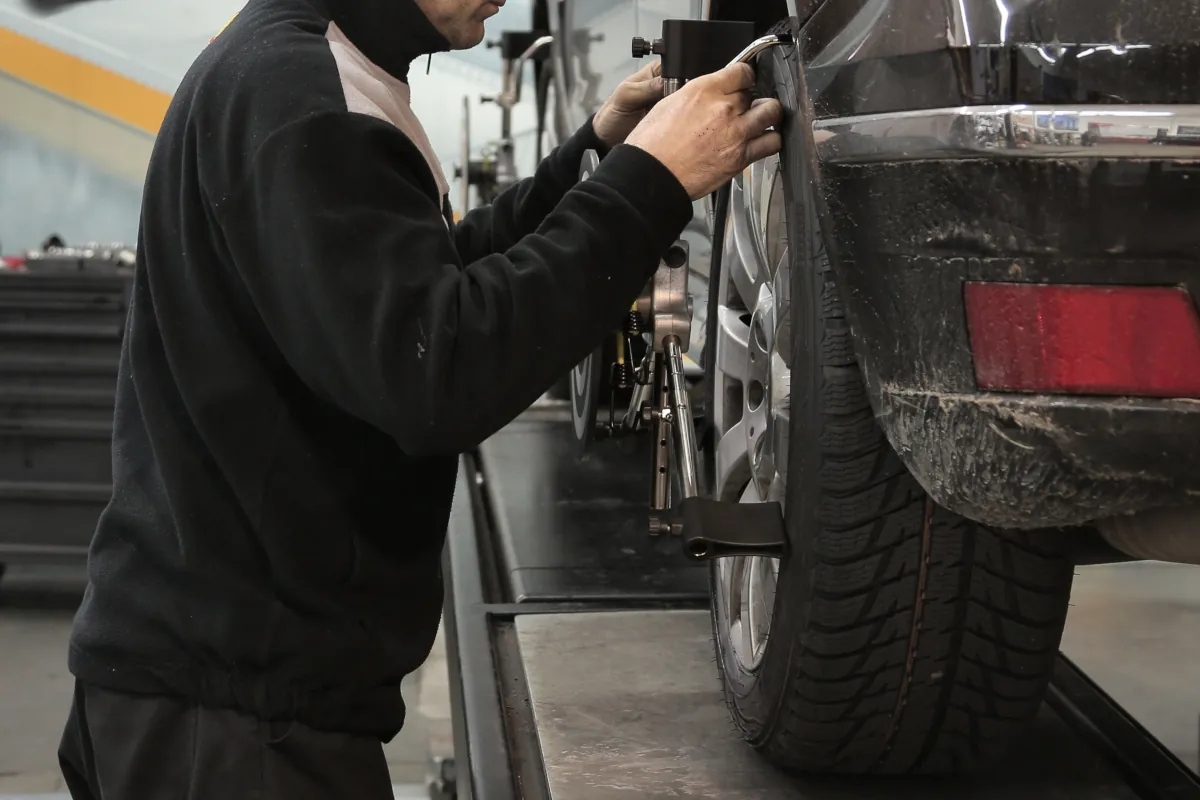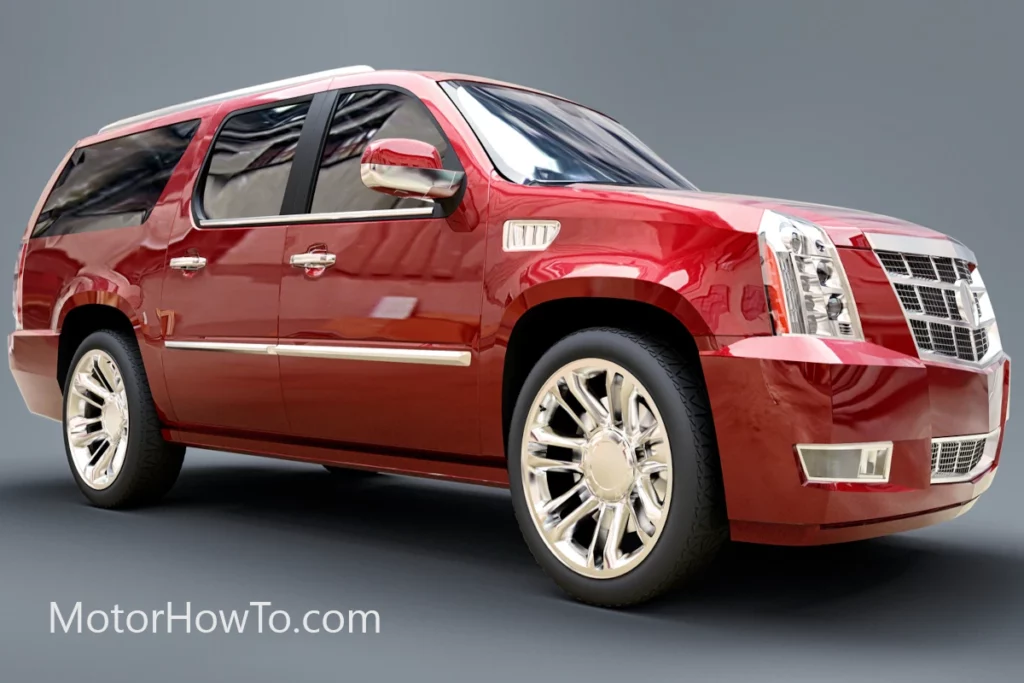Your car’s tires are very important when it comes to the overall performance and safety of the vehicle because these components are responsible for keeping the car moving and for making sure that the vehicle stays on the road. In that regard, balancing your tires is important because of how it is related to the performance and wear and tear on the part of the tires. However, how long can you drive on unbalanced tires?
Here’s how long you can drive on unbalanced tires
You can drive on unbalanced tires for as long as you can or want. But we recommend that you only do so for up to two months because unbalanced tires can affect a lot of things in a negative way such as the car’s performance, fuel economy, safety, driving experience, and wear and tear.

There are some people who tend to disregard the importance of balancing the tires because they know that their vehicles still work well enough on a regular basis, especially when it comes to casual city driving. However, there is a risk of incurring more expenses due to damages if you don’t have your unbalanced tires remedied quickly.
Related:
- Does Wheel Alignment Affect Brakes? (Explained For Beginners)
- Can Your Tires Stick Out Past Your Fenders? (Must Read)
- Can Fender Benders Be Fixed? (Solved)
Is it dangerous to drive with unbalanced tires?
One of the most important things you need to know as a driver is that your tires are supposed to be taken care of as much as you can. While you cannot do anything about the constant grind that tires go through on a regular basis, one of the things you need to be able to make sure of is that you are alleviating as much wear and tear on your tires as possible. This is where tire balancing comes in.
When we talk about balanced tires, we are talking about how the weight on the tire is focused on the center to make sure that the heavy spot is distributed well enough throughout the entire tire. This is important because tires are designed for that purpose, and that is why tire treading patterns are usually equally distributed from the center as well.
However, tires that are unbalanced will focus more on the weight of the tires in other spots because of how the tire shifted ever so slightly to either the left or the right sides of the wheel. When that happens, you are basically driving on unbalanced tires.
But is there really something wrong with driving on unbalanced tires? Can driving on unbalanced tires actually be that dangerous?
In most cases, especially when you are driving under normal conditions, driving on unbalanced tires shouldn’t be dangerous. There shouldn’t be anything too dangerous about driving on unbalanced tires as long as you are driving in conditions that are quite safe or stable such as when you are simply driving in the city or whenever the road is properly paved and isn’t wet.
However, the problem arises when the conditions become a bit too difficult for you to drive under even when your tires are balanced. Wet, snowy, or icy roads or rougher roads can make it more difficult for you to maneuver your car even when your tires are at their best. Imagine having to drive those roads with tires that are unbalanced.
When your tires are unbalanced, what happens is that the weight distribution will be focused on anywhere else other than the center of the tires. You want the weight to focus on the center because that is where the treading pattern is focused on. The treading is what is responsible for improving the grip of the tires and making sure that you can gain enough traction on the road while driving.
So, going back, when you are driving on unbalanced tires, the weight of the car will be focused on either the left or the right side of the tires instead of on the center. As such, you won’t be able to maximize the grip of the treading pattern of your tires because the treading on either the left or the right side of the tires tends to be minimal.
Under normal driving conditions, this shouldn’t be too much of a problem. But when you are now driving at high speeds or on conditions that tend to require you to have tires that can grip the road well enough, that is when things can become dangerous on your part. This is where tire balancing comes into play in terms of your safety because there is a good chance that you will end up losing control over your vehicle when the road conditions are already too difficult and your tires are not even helping you gain enough traction to stay firmly on the road.
How long can you drive on unbalanced tires?
Now that you know that it can be dangerous to drive with unbalanced tires when you are talking about rough road conditions, how long can you drive on unbalanced tires?
Frankly speaking, you can drive on unbalanced tires for as long as you want and can. In fact, there are probably some of you who don’t know that your tires are unbalanced but have been driving in them for months or even years already. That is because, again, unbalanced tires normally do not affect your safety as a driver as long as the road conditions are not too rough or dangerous.
However, just because you can drive on unbalanced tires for an indefinite period of time, it doesn’t mean that you should. We do not recommend that you leave your unbalanced tires unchecked and unremedied because there are some adverse effects that you want to avoid, especially when we are now taking the long-term health and condition of the vehicle into consideration.
In that regard, we recommend that you shouldn’t drive on unbalanced tires for more than two months. Anything more than two months might end up affecting your car in the worst way possible or even increase the risk of you running into an accident or a dangerous situation. As such, two months should be the max when it comes to driving on unbalanced tires. After two months (or ideally before the two-month period ends), you should have your tires balanced, and the service is actually pretty affordable.
What happens if you drive with an unbalanced tire?
So, the reason why we said that you shouldn’t be driving on unbalanced tires for more than two months is related to the different adverse or negative effects on your car. In normal conditions and when you are talking about the short run, these negative effects shouldn’t be a problem. But these effects can pile up steadily and cause more serious damages and issues with your car. That is why you shouldn’t be driving with unbalanced tires on a long-term basis.
That said, here are some of the things that can happen when you drive with unbalanced tires:
Too much vibration
Under normal conditions, you shouldn’t be too bothered about too much vibration in your car. However, this can affect the overall comfort you feel whenever you are driving. And that can be a problem whenever you are on long drives. Vibration tends to increase whenever one or more of your tires are unbalanced.
Uneven tread wear
The treading on your tires will steadily wear out the more you use the tires. That is why you need to have your tires replaced when the treading has become too worn out. But when you are driving on unbalanced tires, the weight distribution on the unbalanced tires will be different. That means that the balanced tires will wear out faster.
Long-term effects
In the short run, you shouldn’t be too bothered about how unbalanced tires can affect your car’s overall health. However, it is important to note that some of the different parts and components on your car can end up wearing out faster when the driving conditions are not optimal such as when your tires are unbalanced. This means that your tires might end up suffering from long-term problems if you don’t have your unbalanced tires fixed as early as possible.
Can tires suddenly go out of balance?
You already know the dangers or risks associated with unbalanced tires. And you already know that you shouldn’t be driving on unbalanced tires for more than two months. But how exactly do tires go out of balance? Can tires just suddenly go out of balance?
In a way, yes, tires can suddenly go out of balance, especially when you find yourself in a big situation such as an accident or when you hit a pretty deep pothole. However, in most cases, tires can go unbalanced in a slow and gradual way due to a lot of different reasons such as:
Potholes and curbs
Hitting deep potholes and curbs can cause your tires to go out of balance suddenly but they can also cause them to go out of balance in a gradual manner. This is the same when you are frequently driving on rough roads that can throw off the tire’s positioning and cause them to go out of balance.
Driving habits
Your driving habits can also cause your tires to go out of balance gradually. The way you handle your vehicle can affect your tires more than you would admit. That means that certain habits such as suddenly stopping short or even drifting may force the weight of your tires to shift.
Weather
The weather conditions and the temperature can affect the weight distribution of your tires. That’s because cold weather can contract the air molecules inside the tire to cause it to underinflate. This can shift the weight distribution on your tire and how the treading meets the road.
Sources:
Should you be driving on unbalanced tires?



